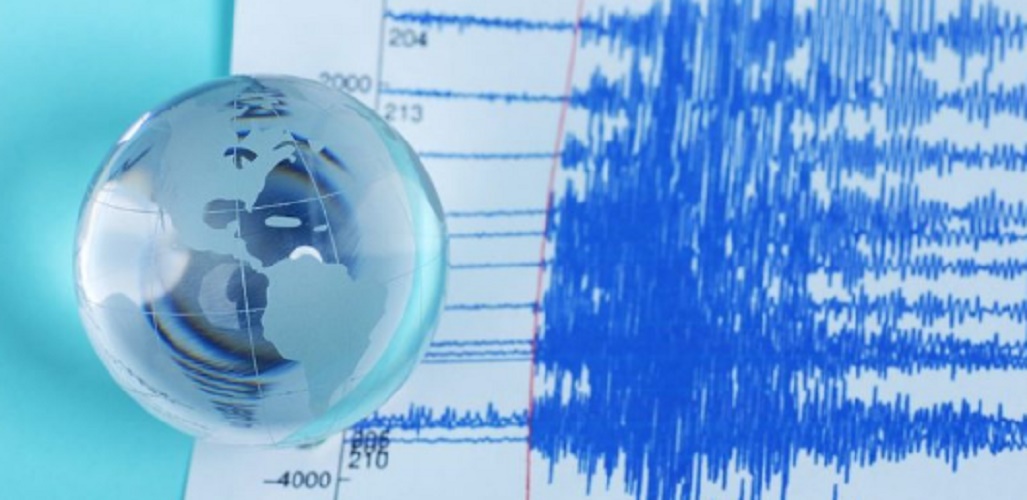What is the Richter scale?
We explain what Richter’s scale is and who invented it. Also, what can it be used for and the formula it uses.
-
What is the Richter scale?
The Richter seismological scale, commonly known as the Richter scale or local magnitude scale (ML), is a logarithmic method of measuring the amount of energy released in the earth’s crust during an earthquake or earthquake , which is named in honor to the American seismologist Charles Francis Richter (1900-1985), who was together with the German Beno Gutenberg (1889-1960) its inventor.
The Richter scale is used worldwide in measuring the intensity of earthquakes ranging from 2.0 and 6.9 values on the scale, which occur between 0 and 400 kilometers deep.
When the values of an earthquake are 7.0 points or higher, the Richter method is no longer used, but the seismological scale of magnitude of the moment (Mw), more accurate for extreme records and proposed by Thomas Hanks and Hiroo Kanamori in 1979. Therefore, there can be no earthquakes larger than 6.9 on the Richter scale .
This scale was conceived as a method of discrimination between minor and everyday earthquakes, and those major and sporadic. For this, a Wood-Anderson torsion seismograph was used, and a particular area of southern California (USA) was initially evaluated.
Despite its proven usefulness and popularity, the Richter scale has the disadvantage of being difficult to link with the physical properties of the earthquake’s origin, and that from certain magnitudes it presents a saturation effect of the seismic waves that It makes it very inaccurate. In addition, being limited to the possibilities of the seismograph with which it was invented, it requires extensions and other additional scales.
That is why its use is common until earthquakes that register an intensity of 6.9 points, since thereafter other coincident scales are used but of greater precision and utility. This is unknown, however, and the media often give erroneous information about it.
-
Richter scale formula

The scale proposed by Richter used logarithms, copying the logic of the stellar scale of astronomy . His calculation formula was as follows:
M = log A + 3log (8Δt) – 2.92 = log10 [(A.Δt3) / (1.62)]
Where:
M = arbitrary magnitude but constant to earthquakes that release the same energy.
A = amplitude of seismic waves in millimeters, as recorded by the seismogram.
Δt = time in seconds from the beginning of the primary waves (P) to the secondary waves (S).




